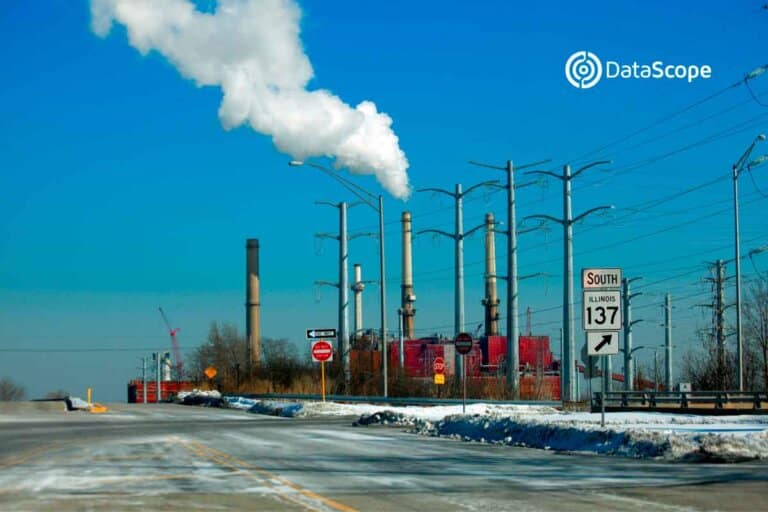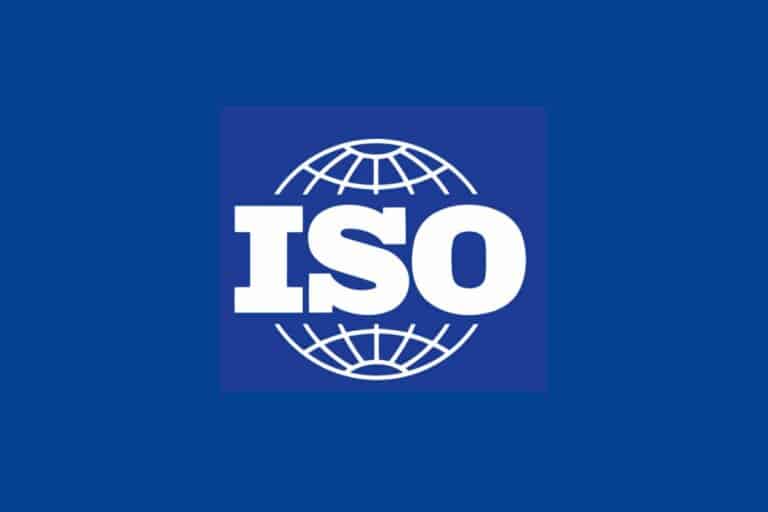If we applied it correctly, this system allows us to accurately and effectively control the danger of food contamination, whether due to physical, chemical or bacteriological agents.
Safety is one of the most important principles of action within the modern food industry. It not only supports the daily work of thousands of companies around the world, but also represents the main guarantee that food is a source of nutrition and health, and not a mechanism for transmitting infectious diseases.
To ensure compliance with this fundamental value, international laws and regulations require that food companies apply throughout their entire production and distribution chain a system called “Hazard Analysis and Critical Control Points”, also known as HACCP.
This system, in addition to being a mandatory legal requirement for the entire sector, allows food companies to more effectively manage the safety of their products. In this way, they guarantee, at the same time, that they reach the entire consumer public in a timely manner. That is, they allow optimizing both the safety and the food security of the population.
Origins and characteristics
From a technical point of view, HACCP allows control and analysis of all hazards and critical points that can cause possible contamination of food, whether it is the product of physical, chemical and / or microbial agents.
Although its origins date back to the 1960s, when NASA began to use it in order to guarantee food safety for the first space missions, its extensive use only became official from 1993. On that date, the international commission of the Codex Alimentarius decided to implement it as an international standard, after the so-called “mad cow crisis”.
However, another decade passed before its obligation became official at government levels. This tool acquire this status after the entry into force of Regulation 852/2004 of the European Union. Only from that moment did the application of HACCP begin to be required of all companies belonging to the food sector, including industry, hotels, restaurants, logistics, warehousing and retail, among others.
Thanks to this step, the chances of the population suffering from poisonings or food-borne diseases (ATE) such as Listeriosis, Salmonellosis, Cholera and other similar conditions decreased significantly.
Hygiene: a fundamental step
Beyond its undeniable technical and practical value in the control of contamination and pathogens, in order to apply an HACCP self-control system accurately and effectively, companies must respect seven basic hygiene principles.
These are as follows:
1. Water control
We must detail the quality control of the water used throughout the production process, not only as an ingredient to make food, but also as a cleaning element. If it is water provided by supply companies, they must attach the respective invoices. At the same time, in the case of self-supply, the company must describe operation of the entire installation and the water treatment systems used. The diagram of the internal supply and sanitation network must also be detailed by means of plans, indicating the type of materials used. In addition, the responsible personnel must indicate in a separate document the basic hygiene recommendations adopted.
2. Cleaning of facilities
We must describe the entire procedure by which the infrastructure and equipment cleaning tasks are carried out must, including aspects such as the assigned personnel, the ways of working, the cleaning products and the methodology used, among others.
It is important that, through a weekly record, the work carried out on each of the surfaces or equipment that requires cleaning (such as floors, packing tapes, cleaning utensils, crockery, ovens, etc.) is noted. It is also vital use detergents and disinfectants, because their functions are equally complementary.
3. Maintenance of facilities
This part of the HACCP describes the maintenance tasks that we must carry out, both preventive and corrective, in all the facilities and equipment used in the different premises or headquarters of the company. Its perfect operation (especially cold equipment, thermometers or dishwashers), as well as its integrity (floors, doors, windows, etc.) must be guaranteed.
4. Disinfection and control of insects/rats plan
Companies that implement a self-control or HACCP plan must hire a specialized and accredited pest control provider. After the treatment, it must provide the initial diagnosis report, bait plan, safety data sheets of the products used, treatment certificate, authorization from the mandating company, and credentials of the personnel in charge of the application. In turn, the contracting company or establishment itself must be involved in this plan, reviewing the status of the traps, checking the structural failures that are a source of entry for pests, and timely warning of the eventual appearance of new sources of infection for this concept.
5. Training plan
The company must describe the training plan available to its workers, as well as the intentions of the executive management about improving the competencies of the whole teams in this matter.
6. Good Hygiene Practices Plan
It is essential to describe all the work procedures in order to avoid food contamination. For example it is necessary specify basic hygiene rules (such as clothing, grooming habits or personal cleanliness), as well as regulating the use of certain ingredients (sugars, gluten or fresh meats). It is also vital to avoid the risk of cross contamination; maintain adequate preservation, refrigeration or freezing temperatures throughout the process (as appropriate); and use permanently sanitized facilities. This point of the plan must be known for all workers in the company.
7. Traceability
Control of the food chain is key in any HACCP plan. Therefore, the company executive direction must apply this monitoring process permanently, constantly and deeply, throughout the entire production chain. All sources of supply or primary suppliers must be included, such as farmers and ranchers, among others.
This is an essentially critical point, which must always be controlled by the respective tax documents or cargo manifests. These must clearly specify the supplier’s business name, tax role, health registration number, delivery dates, types of products supplied and exact quantities.
Associated hazards
Once the prerequisites of a HACCP plan have been described, it is necessary to assess and list the possible dangers that may arise in each of its implementation phases. These will depend on the specific activity of each company (industrial, tourist, commercial or gastronomic, for example).
Each of the hazards identified in these phases must be evaluated based on its probability of occurrence, as well as the impact it would have on the health of consumers.
Once we made this selection of hazards, we must determinate the respective critical limits for each of them, as well as the respective preventive and corrective measures for their control.
This point is very important, because the Sanitary Inspection services, such as the Undersecretaries of Health, for example, precisely base their inspections, periodic or surprise, on the HACCP plans. In these procedures, not only the existence of said plan is requested, but also its daily monitoring through the records of the different variables involved, such as room temperature, status of the cold equipment, cleaning activities, personal hygiene and maintenance of the cold chain, among others.
In the same way, all HACCP must be prepared by a competent technician, with experience in the identification of critical points and, preferably, with complete higher studies in veterinary medicine, chemistry-pharmacy or agricultural engineering.
Application mode
In order to apply correctly a good HACCP, companies must know and follow 12 specific steps, which adhere directly to the seven principles explained above.
These steps are as follows:
1. Training of the HACCP work team.
2. Product description.
3. Determination of the scope of the system.
4. Elaboration of the flow diagram.
5. On-site verification of the flow chart.
6. List of possible hazards, hazard analysis and determination of control measures.
7. Determination of critical control points (CCP).
8. Establishment of critical limits for each CCP.
9. Establishment of a surveillance system for each CCP.
10. Establishment of corrective measures.
11. Establishment of verification procedures.
12. Establish a documentary system.




